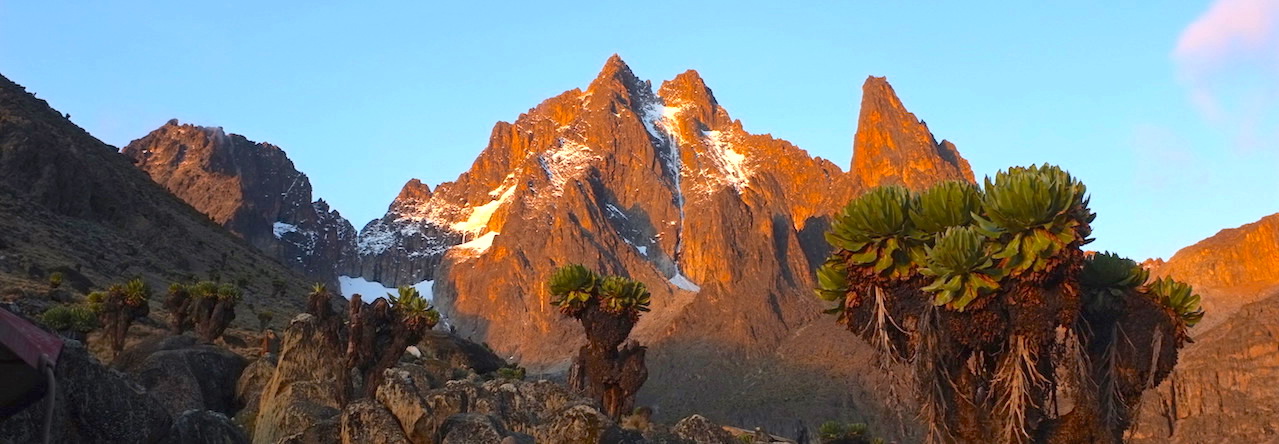Elephant poaching on Mount Kenya is escalating at an alarming rate, and the Mount Kenya Trust statistics indicate that over 100 elephant have been killed in the last two and a half years. In 2009, the Mount Kenya Trust (MKT) and the Kenya Wildlife Service (KWS) teams patrolling the mountain suddenly began to find elephant carcasses poached specifically for ivory. Most recently, there has been the shocking discovery that 4 out of 8 elephants collared on the northern side of the mountain by the organisation Save the Elephants were poached between the months of January and March of 2011. These alarming statistics are a huge cause for concern within the region and are a probable indicator of what is happening throughout the vast expanses of Mount Kenya, including numerous areas in which MKT currently is not able to assess the true scope and scale of the problem.
The Mount Kenya Trust is seeking funds for a horse patrol unit to tackle the identified hot spots between the Imenti, Marania and Sirimon areas of the mountain. The project has the full support of KWS, and MKT currently has two foot patrol teams working in conjunction with the existing but undermanned KWS team on Mount Kenya. The Trust has seen great success with its ‘Marania Wildlife Gaurds’ and ‘Joint Wildlife Protection Team’ (JWPT). The Trust employs and trains rangers from local communities. In the JWPT model, Mount Kenya Trust ‘civilians’ are backed up by armed KWS rangers; this ensures that government protocol is followed and that some of the teams have armed support. The KWS Mount Kenya Senior Warden has stated that, “presently the JWPT is the most responsive and effective team on the mountain.”
With the addition of horses, the proposed new team will be able to cover more ground and will have a distinct advantage when approaching and chasing poachers who operate on foot. This team will be made up of trained civilians and KWS rangers and they will be in regular communication the Trust’s Marania Wildlife Guards. The Lewa Wildlife Conservancy, located just to the north of Mount Kenya, has a proven effective armed security team that also is available as support when necessary.
